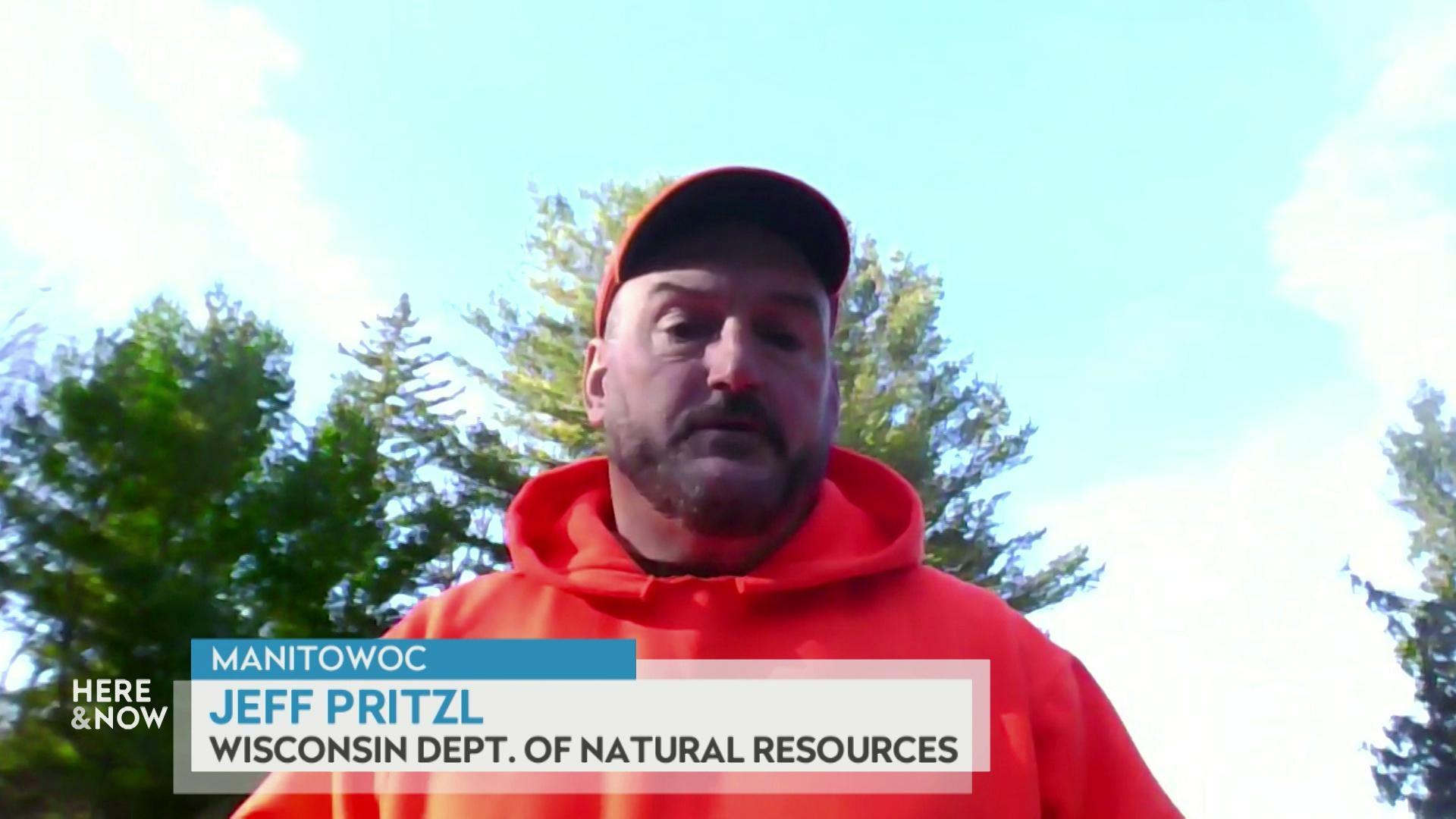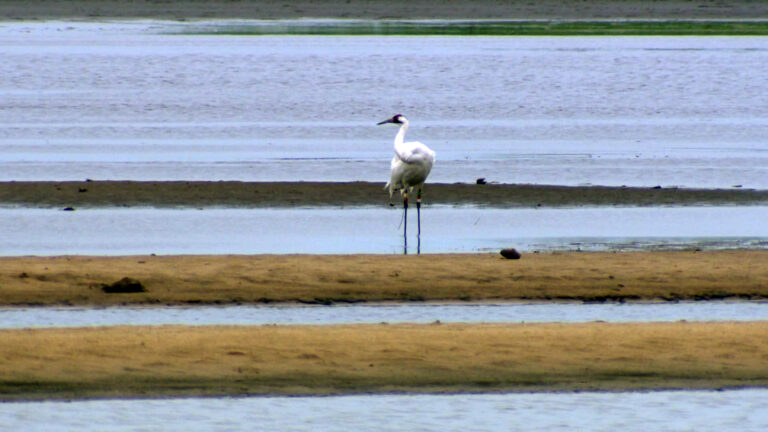Susan Paskewitz on the spread of Lyme disease in Wisconsin
UW-Madison medical entomologist Susan Paskewitz explains how black-legged ticks, also known as deer ticks and transmit Lyme disease to humans, are increasingly found in more areas around the state.
By Marisa Wojcik | Here & Now
May 25, 2023
VIDEO TRANSCRIPT
Susan Paskewitz:
Well in terms of Lyme disease, which is the disease that we see the most human cases in our state, we've been seeing a steady increase. I think last year it was over 4,000 cases that were reported to the state, and we're expecting, because of some changes in the surveillance procedures this year, that that number's going to be higher. So we've been seeing this steady climb. We're seeing also with the ticks, I wouldn't say more ticks over the last five years, but definitely over the last 20, we're seeing more ticks in more places. So they've invaded a lot of locations in the state where we didn't used to be able to find them, and that's particularly down in the southern quarter and then the eastern, say quarter to third of the state. So they've moved into new places, and it usually takes them a little while when they move into those new places before the populations increase large enough, and then they stabilize.
Marisa Wojcik:
What is causing that change?
Susan Paskewitz:
I think the change is due to some long-term changes in the state where, around the 1900s, we had logged off most of the forest, killed most of the white-tailed deer. The deer are a really important part of the life cycle of the tick. They feed a lot of the adult females, so that's where a lot of the egg laying comes from. So with deer populations recovering, and then with the forest recovering, we first started to see those ticks in restricted areas up in the northwestern part of Wisconsin. And then over the next 30 years, they slowly moved to invade all of the habitats, I think, where they're able to survive. So, 10, 20 years ago, maybe 50 of the 72 Wisconsin counties had an established population of deer ticks, and now there's only one county where we don't find them. Now, I will say that we don't find them everywhere, of course. These are not ticks that are associated with open, grassy, hot areas. They are very much associated with wooded locations. So, when I say a county has an established population I mean, if you go to the right kind of habitat in that county.
 Passport
Passport











Follow Us